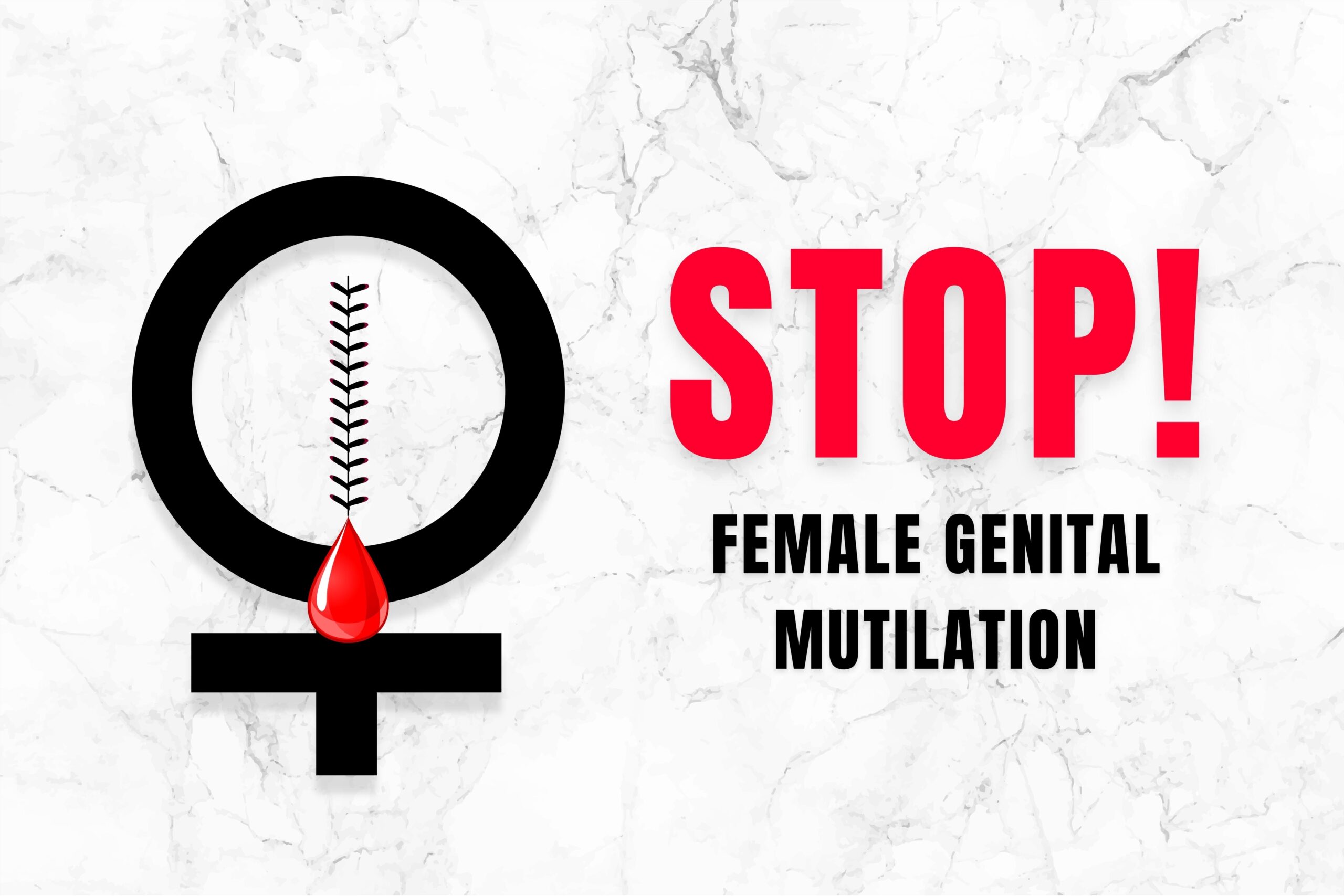Share This Article
ArrayFemale genital mutilation is a serious offence which is criminalised across Australia. Despite this, around 53,000 women live with female genital mutilation across the country.
Female genital mutilation refers to procedures which remove or injure female genital organs for non-medical reasons. It is a practice which is customary in 30 countries in Africa, the Middle East and Asia which is mostly carried out on young girls between infancy and age 15.
It has no health benefits and can harm women in a multitude of ways due to how it can cause severe pain, excess bleeding, tissue swelling, infections, urinary problems, and fever.
In 2014, the maximum penalty applicable to performing or organising female genital mutilation was raised from 7 to 21 years in New South Wales, which make it the toughest stance across the country.
What is the Offence of Female Genital Mutilation?
Section 45 of the Crimes Act 1900 (NSW) prohibits female genital mutilation.
It prescribes that is an offence to excise, infibulate, or otherwise mutilate the whole or any part of the labia majora or labia minora or clitoris of another person, or aid, abet, counsel, or procure a person to perform any of those acts on another person.
Excise means to cut out surgically, whereas infibulation refers to the practice of cutting the clitoris and labia of a female and stitching together the edges of the vulva to prevent sexual intercourse.
The phrase “otherwise mutilate” refers to “any injury to any extent for a non-medical purpose”.
A maximum penalty of 21 years imprisonment is applicable.
Exceptions are provided where the operation is:
- necessary for the health of the person on whom it is performed and is performed by a medical practitioner,
- performed on a person in labour or who has just given birth, and for medical purposes connected with that labour or birth, by a medical practitioner or authorised professional, or
- a sexual reassignment procedure and is performed by a medical practitioner.
In determining whether an operation is necessary for the health of a person, only matters relevant to the medical welfare of the person are to be taken into account.
It specifies that the person consenting to the acts is not a defence.
It is important to note that it is also a criminal offence to take another person from New South Wales or arranges for another person to be taken from the state, with the intention of having female genital mutilation performed on them, as per section 45A.
It is sufficient for the prosecution to prove, beyond reasonable doubt, that:
- the accused took the person, or arranged for the person to be taken, from the state, and
- female genital mutilation was performed on the person while outside the state.
It is also not a defence that the person taken from the state consented to being so taken.
A maximum penalty of 21 years imprisonment is also applicable.
Female Genital Mutilation Cases and Statistics
The first person to be imprisoned over female genital mutilation in Australia was an Islamic sect community leader, then 59-year-old, Shabbir Mohammedbhai Vaziri in 2016.
Vaziri was charged along with midwife Kubra Magennis, and the mother of two girls who had their genitals cut or nicked in separate procedures in 2009 and 2012.
The charges were laid following the girls, who were aged six and seven at the time, disclosing to a female police officer and a social worker they had been subjected to “khatna” which was performed by Magennis.
‘Khatna’ is type of female genital mutilation which involves causing injury to a young girl’s clitoris by cutting or nicking it.
Essentially, the Crown case was that the Magennis cut the clitoris of each of the girls, with the assistance of their mother, as a ceremonial practice.
Vaziri encouraged members of the community to lie to police about the practice of female genital mutilation and coached the girls’ father on how to explain how the girls’ injuries occurred.
Vaziri was sentenced to a minimum of 11 months’ imprisonment for being an accessory after the fact.
The girls’ mother and Magennis were sentenced to 11 months’ home detention.
Whilst the defendants attempted to appeal their convictions by arguing that the word ‘mutilates’ in the section means that the injury needs render the body part in question imperfect or irreparably damaged, the High Court ultimately found that it should encompass injury to any extent to outlaw ‘female genital mutilation in all its injurious forms’.
Recently, proclaimed ‘extreme body modification artist’, 42-year-old Brendan Leigh Russell had his conviction related to female genital mutilation quashed by the Court of Criminal Appeal.
In Russell’s case, he removed part of a woman’s labia, with her consent, as part of a cosmetic procedure in January 2015. He was not a medical practitioner, medical student, or nurse.
The woman experienced pain for approximately 12 months after, is unable to use tampons due to pain, and experiences discomfort when wearing underwear due to sensitivity.
On appeal, counsel for Russell successfully argued that the offence of female genital mutilation does not apply to body modifications performed on adult women who have consented to such modifications for reasons other than traditional or ritualistic practices.
This was due to how in the prior case involving the mother, Vaziri and Magennis, the High Court found that the offence sought to criminalise certain ritualistic practices, and that the purpose of the section was to benefit and protect children.
Book a Lawyer Online
Make a booking to arrange a free consult today.
Call For Free Consultation
Call Now to Speak To a Criminal Defence Lawyer
Over 40 Years Combined Experience
Proven SuccessAustralia-Wide
Experienced LawyerGuarantee
 (02) 8606 2218
(02) 8606 2218
 (02) 8606 2218
(02) 8606 2218












